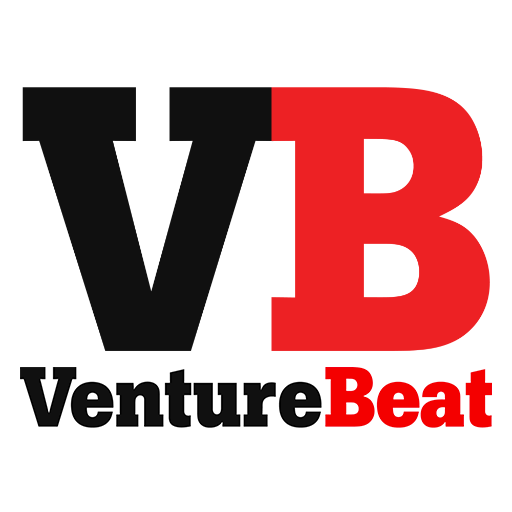How tech is leading us back to a village-style life

This post was also published in VentureBeat. There has been a lot of discussion about how the acceleration of technology is decimating the middle class and traditional jobs . But there has been very little discussion of an emerging trend where individuals are opting out of these same jobs people fear will disappear. Driven by a post-scarcity economic model whereby you can live very frugally if you choose to, some workers (mostly college-educated and urban) are opting out of the now traditional work structure and choosing their own path. As Chelsea Rustrum puts it in her book It’s a Shareable Life , “You can live a life dictated by choice, passion, and freedom — a life where your … experiences are of the highest value.” They are opting into alternative, passion-based professions that have gained popularity and acceptance, such as craft beer producer or yoga teacher, and that have flexible hours. Twenty years ago, if Bob, the valedictorian, showed up to his high s...
